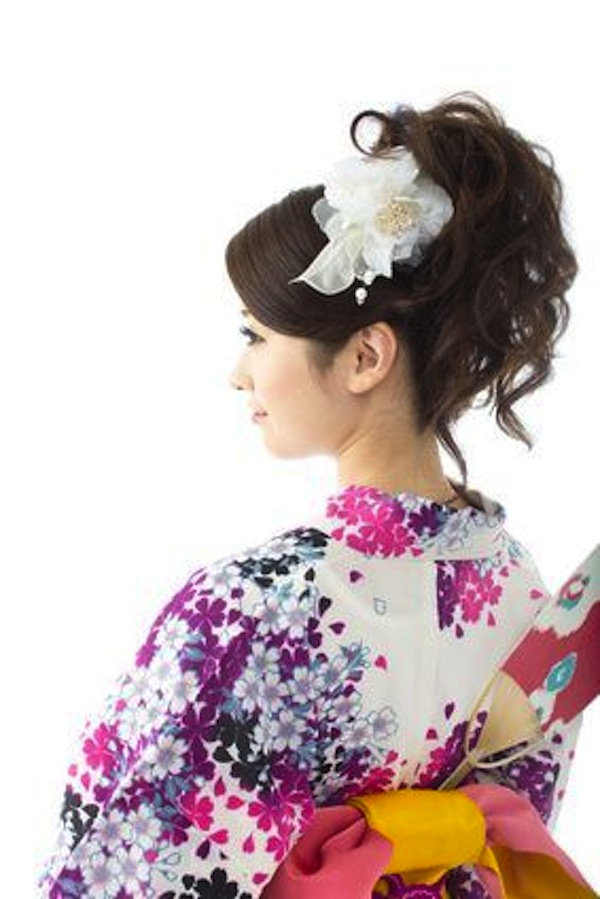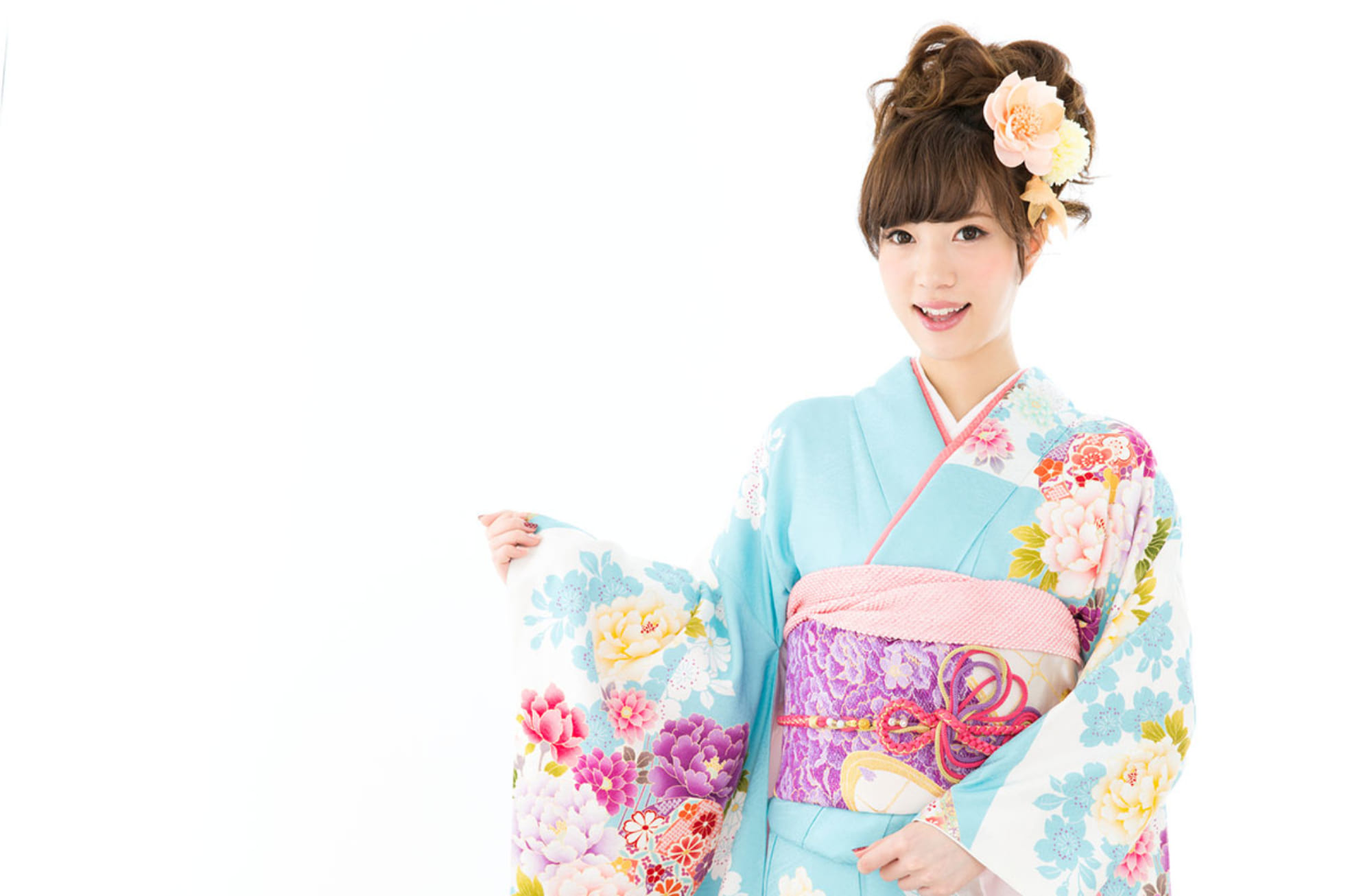
Maruarai and Araihari (washing of kimono and stretching and drying pieces of kimono after washing)
There are 2 ways to wash kimono, maruarai and araihari. Maruarai is just like dry cleaning as it is called for normal clothes. Kimono are washed as they are using special washing agents. Its drawback is that it is hard to remove water-soluble dirt such as sweat, but you can remove stains or dirt in a relatively short time and inexpensively. When you say you are going to send kimono for washing, it usually means maruarai. Araihari is a traditional way of washing kimono. First, you unsew kimono and wash with water. You will then make kimono again from the scratch. Because water washed kimono are dried as they are stretched on a board, it is called araihari (wash-and-stretch). It takes time to unsew and remake kimono from scratch, and it also costs more. But this method will remove stains and dirt which cannot be removed with maruarai method. If it is your precious kimono, you should consider araihari after light stains and dirt do not seem to go off with maruarai.
Until the early Showa period, there was a custom of doing araihari in each family. Everyone unsewed and then remade kimono.
Now, we almost never do araihari at home. However, there are still surprisingly many people who can make kimono from scratch after washing, using techniques they learned back in the days.
